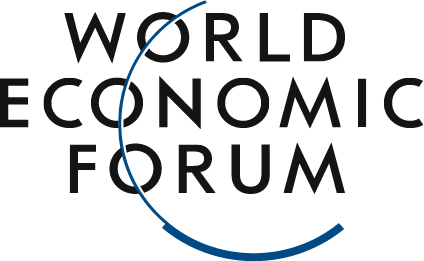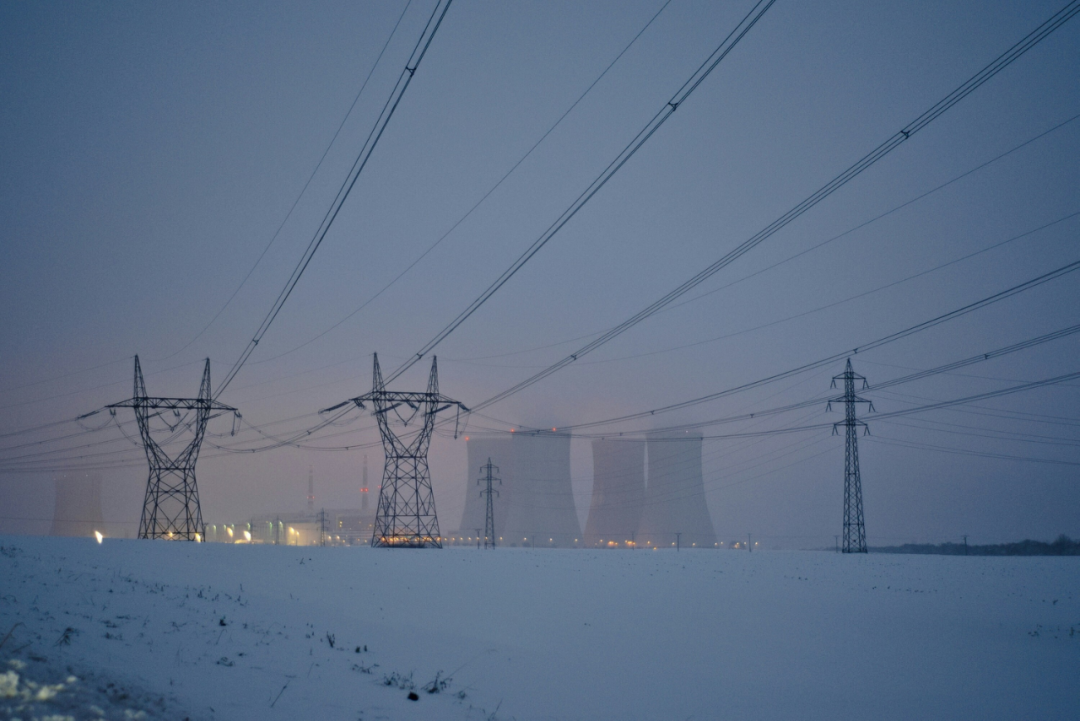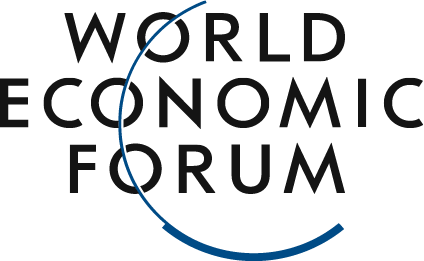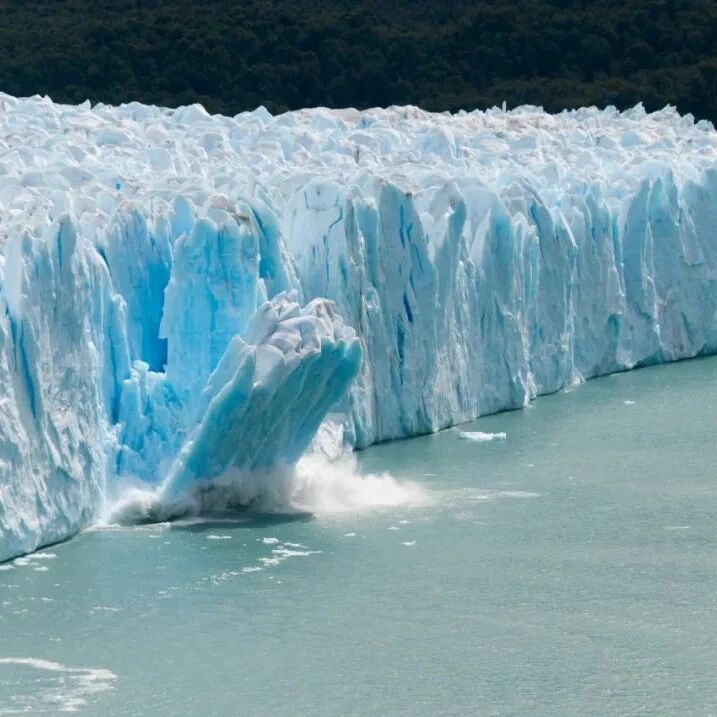Countries unanimously agree that nuclear energy development must be accelerated to support renewable energy.
Image source:Unsplash/Lukáš Lehotský
Rafael Mariano Grossi
Director General of the International Atomic Energy Agency
Nuclear energy has now been officially recognized as a critical component of global decarbonization, complementing renewable sources like wind and solar power.
To triple nuclear power capacity by 2050, annual investment will need to increase from $50 billion to $150 billion. Public-private partnerships and innovative financial mechanisms can help drive the achievement of this goal.
Small modular reactors are key to the energy transition, offering flexibility and scalability—but they require regulatory coordination and further development to enable widespread adoption.
Last year’s United Nations Climate Conference (COP28) in Dubai marked a historic milestone by including nuclear energy for the first time in the Global Stocktake. This was the first time, in nearly three decades of COP meetings, that nuclear energy was explicitly referenced in the negotiating outcome document.All parties to the United Nations Framework Convention on Climate Change— not just the 31 countries currently operating nuclear power plants—agree that accelerating the development of nuclear energy is essential for achieving global deep decarbonization.The first stocktake under the Paris Agreement highlights that wind, solar, and other low-carbon energy sources should also be accelerated, yet there is broad consensus that renewables need the support of nuclear energy.Time waits for no one. Climate change-induced events like heatwaves, floods, and powerful storms are already impacting every corner of the globe. Last year was the hottest on record in the 174-year history of data collection—and this year is on track to shatter that very record.The growing recognition of nuclear energy's critical role in accelerating the energy transition reflects a notable shift in global attitudes over recent years.Global efforts aim to triple nuclear power capacity.In addition to the agreement reached at COP28, 25 countries—and the nuclear energy industry—have pledged to strive toward tripling global nuclear power capacity by 2050. The urgent need to curb carbon emissions is now being paired with renewed efforts to bolster energy security.Fact-based analysis and science have ultimately dispelled misconceptions and ideological biases surrounding nuclear energy—something clearly reflected in the data.The International Atomic Energy Agency (IAEA) recently released its forecast for global nuclear power capacity, indicating that, under the most optimistic scenario, nuclear power capacity in 2050 could be 2.5 times higher than it is today.This will require extending the operational life of existing nuclear power plants—many of which were built during the oil crisis of the 1970s—and making greater efforts to add 640 billion watts of new nuclear capacity.We will need to build more large-scale nuclear reactors—more than the current 415—and also introduce a significant number of small, modular reactors.Small modular reactors are not yet available on the market. However, to meet climate goals, they will need to account for one-quarter of all new nuclear capacity added by 2050.Expanding the scale of nuclear energy requires substantial investment.To meet this demand, financing must undergo a significant leap. From 2017 to 2023, global investments in the nuclear energy sector averaged around $50 billion annually. Starting from 2030, this figure will need to rise to $125 billion per year.Achieving a tripling of nuclear power capacity by 2050 will require annual investments of approximately $150 billion. This is just one-tenth of the investment needed each year to triple renewable energy capacity by 2030.Nuclear energy is sometimes compared to wind and solar power. Some opponents argue that for every additional dollar invested in nuclear energy, one less dollar is available for wind and solar projects. However, this view is incorrect.Nuclear energy can provide a reliable, round-the-clock supply, and investing in nuclear power actually encourages greater investment in intermittent renewable sources like wind and solar energy. Integrating nuclear energy into the grid can help lower overall costs by reducing the need for expensive battery storage and overcapacity investments.Today, building a nuclear power plant can provide low-carbon energy at an affordable price for about a century, delivering substantial long-term returns. No other scalable, proven low-carbon energy source can match this capability. That’s why investing in nuclear energy is incredibly appealing to those with a long-term perspective.In other words, investing in nuclear power plants—especially the upfront costs—requires government involvement.Public-private partnerships are key to expanding nuclear energy.In countries like Russia and China, the role of government involvement is clearly evident. Russia holds the largest share of the entire nuclear energy market, while China has already built nearly as many new nuclear power plants as all other nations worldwide combined.Even in market-driven countries like the United States—home to the largest number of nuclear reactors—and France, where nuclear power accounts for more than two-thirds of electricity generation, public-private partnerships have clearly played a key role in advancing large-scale nuclear energy projects.As the demand for nuclear energy grows, private investors are also showing increased interest.This September, during New York Climate Week, 14 of the world's leading banks and financial institutions expressed their support for providing financing to triple nuclear power capacity by 2050.The nuclear energy sector is adopting new approaches to attract investment. For instance, financing mechanisms such as green bonds, loans, and guarantees are helping to boost investor engagement.Including nuclear energy in sustainable classifications (as the EU has done) could further encourage the participation of commercial banks.Nuclear energy attracts tech giants and innovatorsMeanwhile, support from multilateral development banks is providing more options for developing countries with immature financial markets that are seeking external assistance to build nuclear energy projects.Nuclear energy is not only critical for electricity generation but can also be used to produce hydrogen, provide heat for decarbonizing transportation and industry, and even support seawater desalination.For decades, the International Atomic Energy Agency has been providing guidance to emerging nuclear-energy nations. As digital technology companies enter the market, the IAEA is increasingly becoming their preferred partner. These firms are eager to secure low-carbon electricity to power energy-hungry data centers—facilities that, in turn, can drive advancements in AI.In September of this year, Microsoft signed a 20-year energy supply agreement with the Three Mile Island nuclear power plant in the U.S. The plant is set to resume operations in 2028—less than a decade after its last reactor was shut down.In October, Google struck a deal with Kairos Power, with the latter’s first commercial small modular reactor slated to move from the R&D phase into deployment by 2030. Just days later, Amazon also announced an agreement with X-Energy, a startup specializing in small modular reactors.Small modular reactors are more like products than large-scale construction projects. They are compact in size, can be manufactured using a modular approach, and easily transported to their final destination.From consensus to construction: The next steps for nuclear energyDozens of designs currently under development worldwide demonstrate the remarkable level of innovation and the enthusiasm driven by technology. Yet, much work remains to be done before their full potential can be realized.For example, the International Atomic Energy Agency brings together the nuclear energy community through its "Nuclear Coordination and Standardization Initiative," aiming to develop more harmonized regulatory and industry frameworks.It is also one of the contributors to the World Economic Forum’s Advanced Energy Ecosystem Initiative. Together with stakeholders from the nuclear energy ecosystem, the initiative has jointly developed the "Collaborative Framework for Accelerating the Deployment of Advanced Nuclear Energy and Small Modular Reactors."Technologies that consume significant amounts of energy, electrification, the transition to low-carbon energy sources, growing concerns about energy security, and population growth are all driving the rising demand for nuclear power.This November, I will attend COP29 in Baku, Azerbaijan—my fifth time attending a COP conference.During my brief five-year tenure as Director General of the International Atomic Energy Agency, I witnessed nuclear energy’s journey—from being largely overlooked, to earning a prominent place in COP discussions, and now becoming an integral part of the COP consensus.At COP29 in Baku, the global community must discuss concrete steps to shift nuclear energy from consensus to actionable implementation. This means that financing will be at the heart of the conversation.The above content represents the author's personal views only.This article is translated from the World Economic Forum's Agenda blog; the Chinese version is for reference purposes only.Feel free to share this on WeChat Moments; please leave a comment below the post if you’d like to republish.
Translated by: Di Chenjing | Edited by: Wang Can
The World Economic Forum is an independent and neutral platform dedicated to bringing together diverse perspectives to discuss critical global, regional, and industry-specific issues.
Follow us on Weibo, WeChat Video Channels, Douyin, and Xiaohongshu!
"World Economic Forum"





